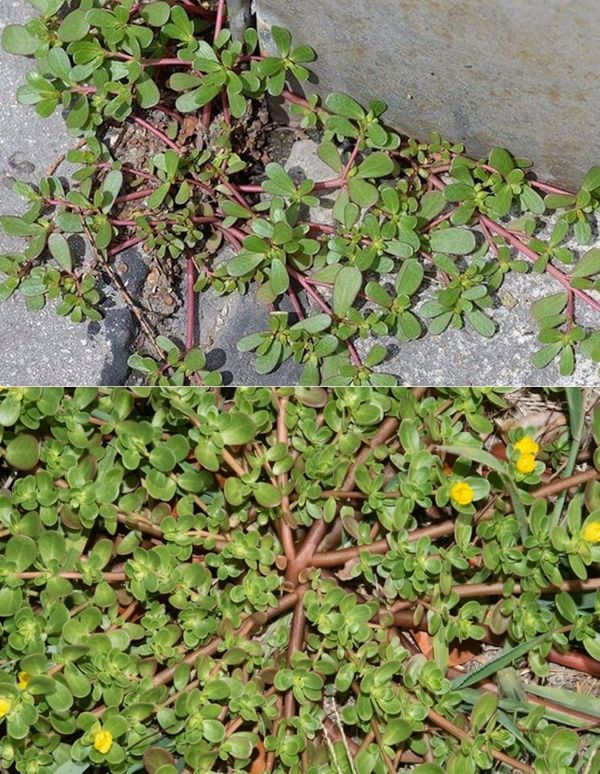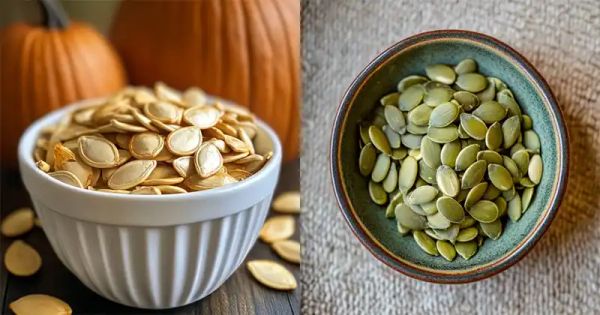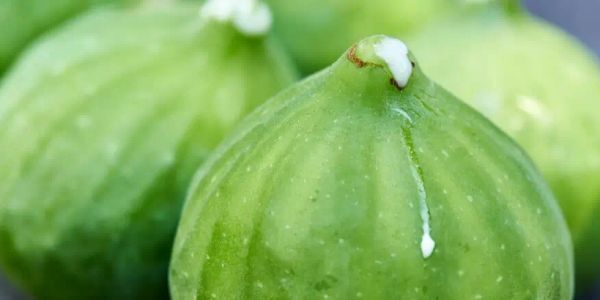
Purslane, often dismissed as a common weed, is actually a hidden gem in the world of gardening and nutrition. With its succulent leaves and stems, this hardy plant not only offers health benefits but also enhances your garden in several ways. Here’s why you should think twice before removing purslane from your garden.
1. Nutritional Powerhouse
Purslane is a nutritional powerhouse packed with vitamins, minerals, and antioxidants. It is an excellent source of omega-3 fatty acids, which are beneficial for heart health. It also contains high levels of vitamins A, C, and E, as well as magnesium, calcium, and potassium. Including purslane in your diet can help boost your immune system and promote overall well-being.
2. Easy to Grow
Unlike many other plants, purslane is easy to grow and requires minimal maintenance. It can thrive in various soil types and is tolerant of both drought and heat. You can start growing purslane from seeds or propagate it from cuttings. With its rapid growth rate, you’ll have a bountiful harvest in no time.
3. Attractive Addition to Your Garden
Purslane is not just a nutritious plant; it also adds beauty to your garden. Its succulent leaves and vibrant yellow flowers create a visually appealing display. You can use purslane as a ground cover or in hanging baskets to add texture and color to your outdoor space. Embrace the beauty of purslane and let it enhance the aesthetics of your garden.
4. Biodiversity Booster
As a native of diverse regions around the world, purslane plays a vital role in promoting biodiversity. Its ability to adapt to different environments makes it an important source of food and habitat for various insects and birds. By allowing purslane to grow in your garden, you are supporting the ecological balance and contributing to a healthier ecosystem.
5. Edible Delicacy
Purslane is not only nutritious but also delicious. Its slightly tangy flavor and crunchy texture make it a versatile ingredient in various culinary creations. Add purslane to salads, stir-fries, smoothies, or even sandwiches for an extra dose of freshness and flavor. Get creative in the kitchen and explore the culinary potential of this underrated plant.





